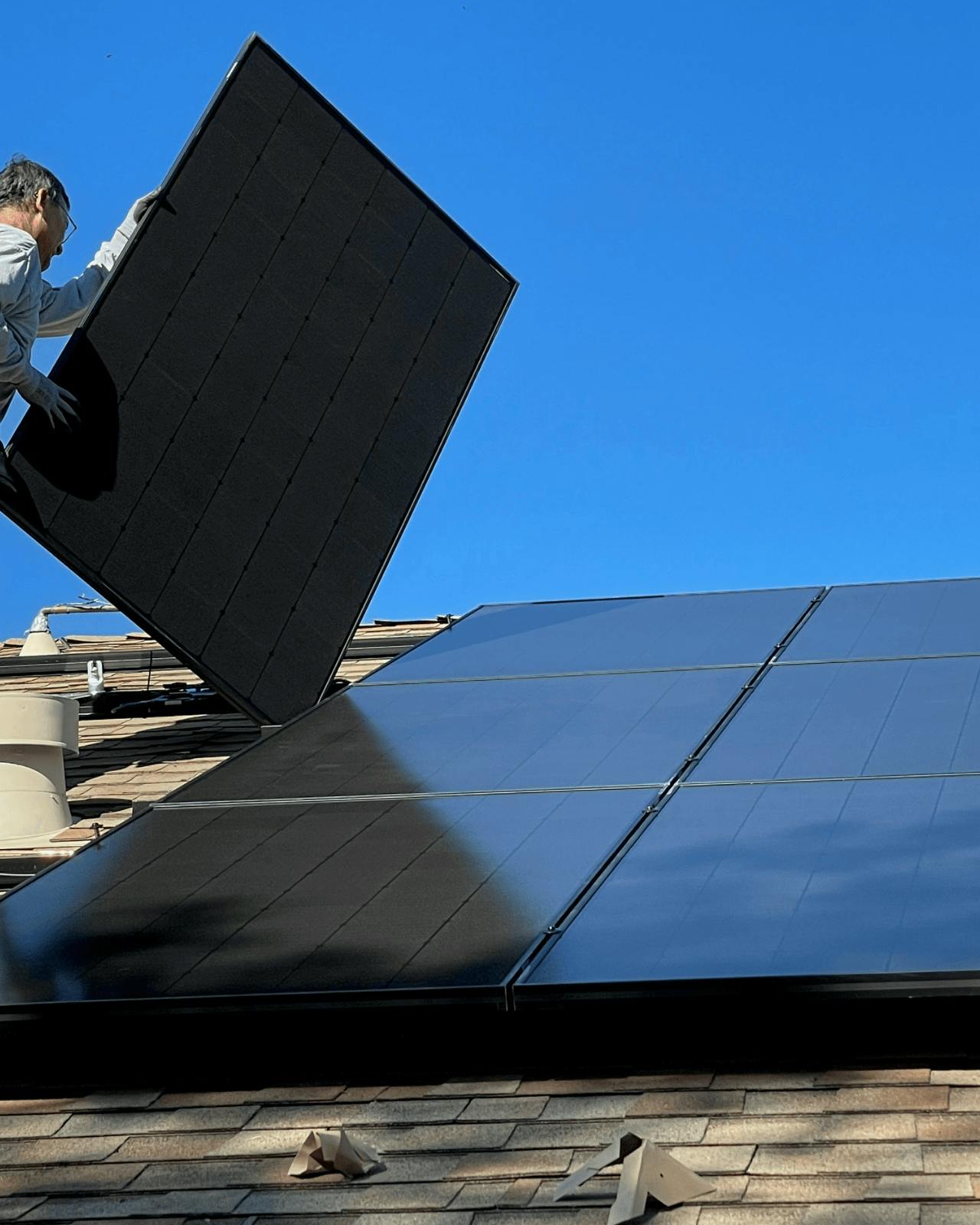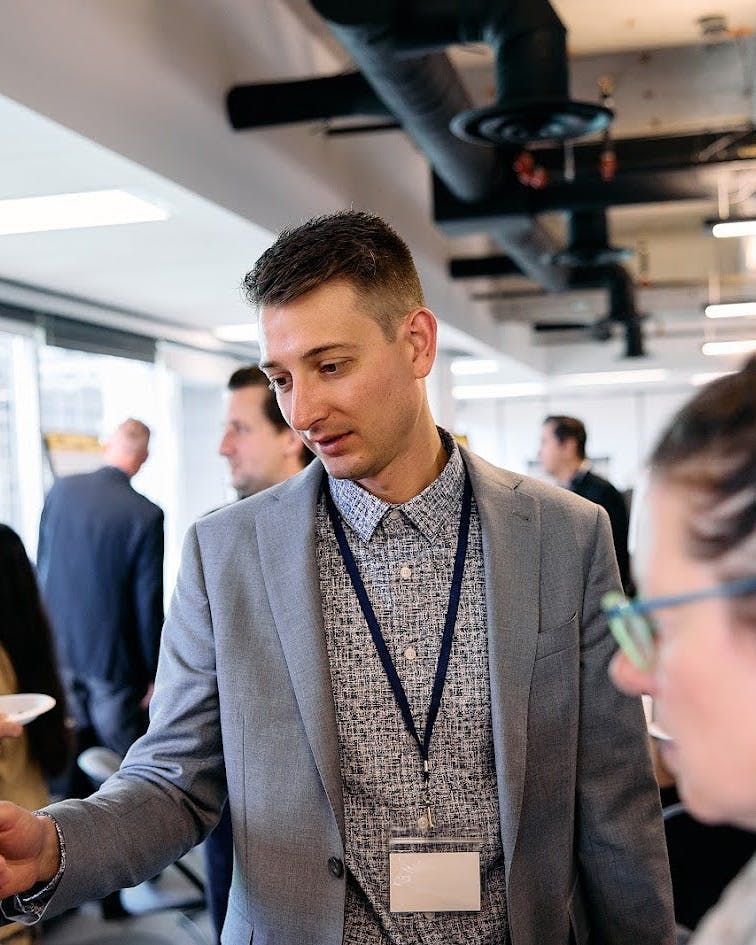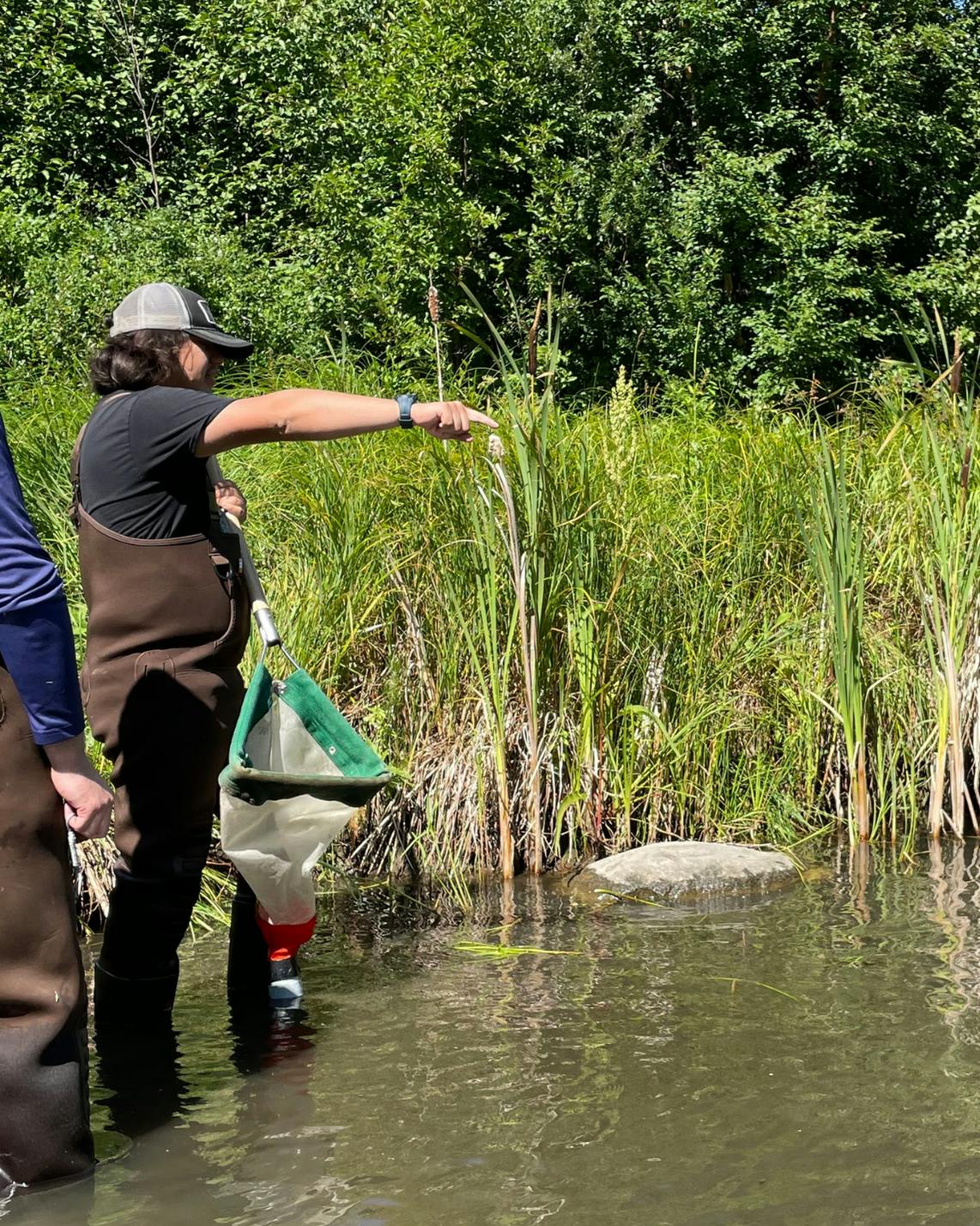ERA's Rebate Program: Are Rebates Enough?
Emissions Reduction Alberta (ERA) launched a $55M program to incentivize small and medium enterprises in Alberta to do energy efficiency upgrades to their facilities and operations. The funding should be popular with businesses, nonprofits, and contractors as it will provide an opportunity for savings and increased economic activity while achieving the ERA’s goals of advancing greenhouse gas (GHG) reductions in the province. However, the split incentive barrier, requirement to pay for the measures upfront, detailed application process, and partial rebate could limit uptake.
A rebate program with the stated aim to increase uptake of commercially available building technologies is unique for ERA who historically focused on large-scale innovation in the oil and gas sector. In Alberta, our cheap electricity and natural gas is great for consumers, but the major downside is that it makes energy efficiency projects a tough sell as they have relatively low returns and long paybacks. Intervention is needed to accelerate emissions reductions from buildings in Alberta. In terms of Alberta’s largest cities, emissions from commercial and institutional buildings represent 20% of emissions in Edmonton and 30% in Calgary.
Government-run rebate programs like ERA’s are one way to overcome the economic hurdle, but often don’t have lasting impact after the money runs out. ERA estimates that its investment of $55M will result in 1.1 million tonnes of GHG savings over the lifetime of the projects, which is equivalent to $50 / tonne of CO2e. The program only rebates a portion of the cost, so ERA is betting on most projects only needing a slight nudge for the potential savings to be worthwhile for building owners. By comparison, the Federal carbon levy is currently at $30 / tonne set to increase to $40 in April 2021 and $50 in 2022 (with a signal to increase it to $170 per tonne by 2030). Savvy building owners may already be forecasting beyond 2022 and planning their building improvements accordingly.
In terms of policy choices, a complete ecosystem of tools is required to achieve the necessary deep emissions reductions. While an economy-wide carbon levy can support the business case for energy retrofits, financing still remains a hurdle. On this front, the Government of Alberta enabled a Clean Energy Improvement Program (CEIP) through legislation. CEIP allows building owners to finance energy efficiency measures through a modified local improvement charge which allows the repayment obligation to be transferred at the time of sale.
Energy Savings for Business Program details:
Project limit: $250,000; Company limit: $500,000
Ineligible: Facilities regulated under the Technology Innovation and Emissions Reduction (TIER) Regulation; Government-funded and owned facilities; new builds (except on-site renewable power generation).
Funding is a combination of $30M from the Provincial TIER and $25M from the Federal Low Carbon Economy Fund.
While CEIP and the carbon levy ramp up, rebate programs maintain momentum and also provide useful data on what barriers exist and the incentive levels required to spur action.
Related posts
Explore our most recent posts.



